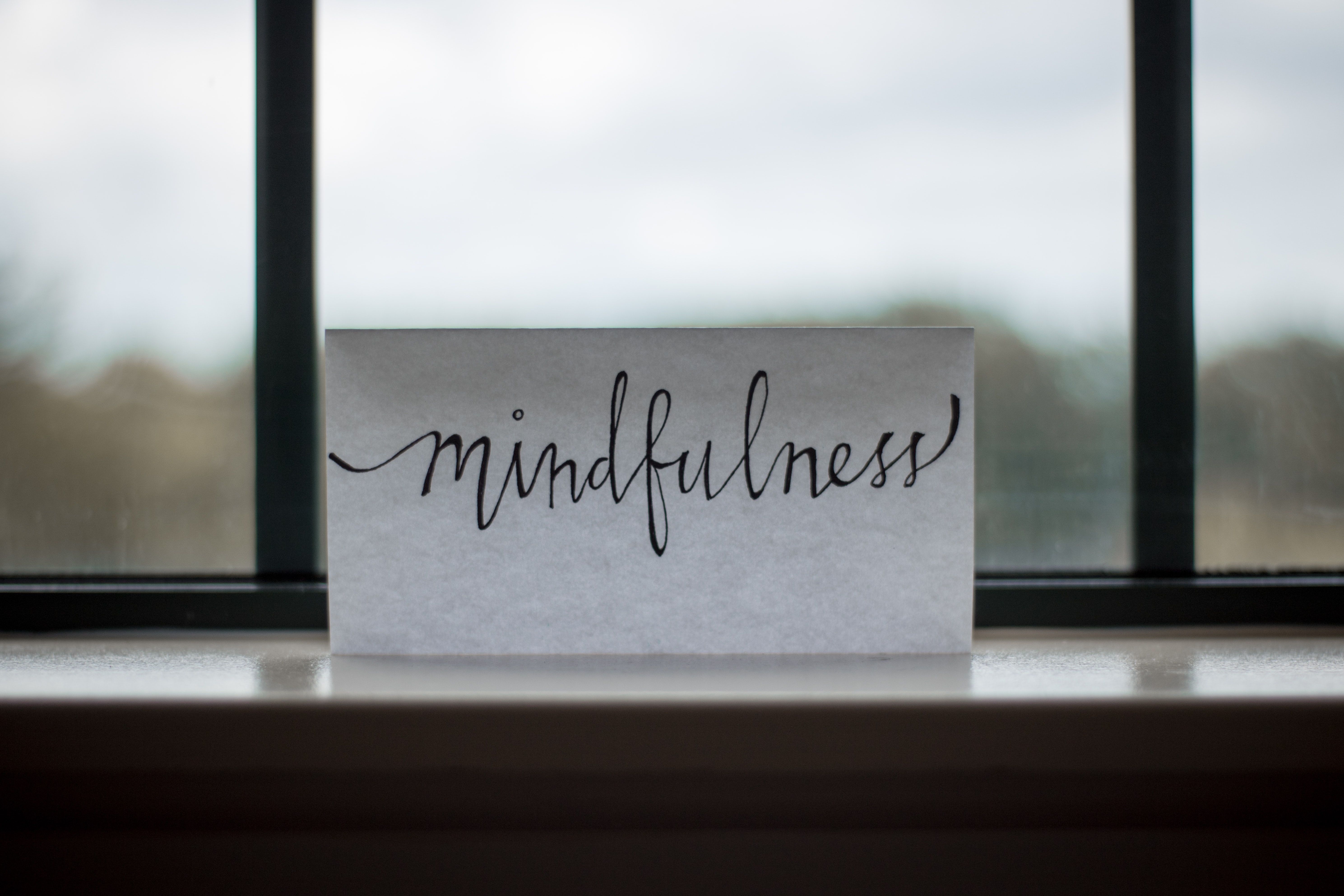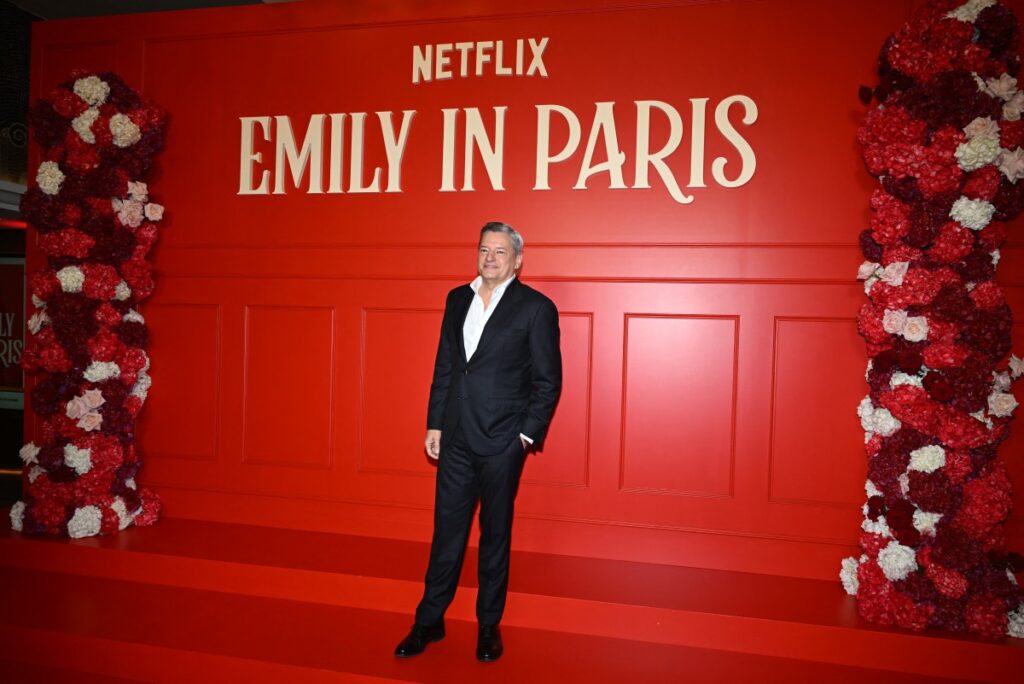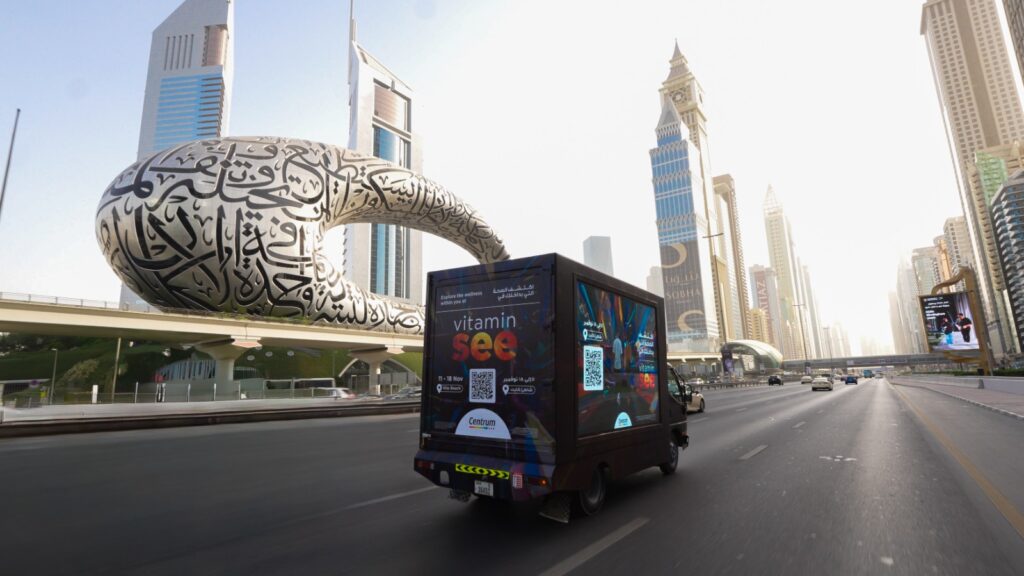Rajat Kaura, Head of Creative Strategy at Radix Media MENA, explains how mindfulness can increase a brand’s share of voice thanks to its relevance and impact on the consumer’s life.

Jack Kornfield, American author and Buddhism practitioner, once told a tale of his Buddhist master out on a walk with his students.
They came across what seemed to be an obviously heavy piece of rock.
“Is that stone heavy?” he asked.
“Yes, it is, Master,” replied his students.
“Not if you don’t pick it up,” he replied as he continued walking, leaving his students analyzing the gravitas of the comment.
Our life as marketers currently seems to be poised at a similar junction, isn’t it? We stand at a crossroads, unsure of the way forward, and if we are equipped to carry the load.
Six months ago, if you asked an agency head if they knew the answer to what needs to change in the agency offerings or the business model, few cited uncertainties. Today, that might not be the case anymore. Maybe the virus has helped in some way to unify the industry.
Agencies are caught in the crosshairs of redefining themselves versus helping clients redefine business. As consumers return to normalcy, businesses need to engage with them in a mindful manner that reflects the safety blanket under which they have been living for the past few months. Certain brands have started to do so by putting out care packages or bringing more transparency to the process of delivering their products, thereby reiterating safety protocols.
Mindfulness could very well transform the way we connect with the consumers as it allows us to look outside of their immediate world.
How then do brands make the conscientious choice? Does the answer lie in mindful marketing? Hmmm… Mindfulness in marketing. Is it just another trend? While qualitatively, it allows us to shift focus from product to value and humanize a brand, how does one truly quantify mindfulness?
In the current Covid-19 context, there are already examples of brands that have pivoted to rethink business and deliver not just value but also relevance.
The Ford Motor Company and household appliance brand Dyson, for example, are now actively involved in making respirators and ventilators. Similarly, LVMH, the French luxury company, is using its factories to create hand sanitizer.
Closer to home, Fine Tissues worked with Livinguard in Switzerland to develop a new product line of Fine Guard face masks. Similarly, Prime Hospitals has tied up with Movenpick to start a Quarantine Hotel, where possible patients can isolate themselves by checking in, according to Gulf News. Last but not the least, VOX Cinemas opened to a sold-out first night for their drive-in cinema.
From the above examples, one thing is clear: mindfulness doesn’t need to be a SOB story but rather a SOV story.
Last year in an article published on themanifest.com, [marketing and branding expert] Richard Tiland said that “When using this intentional approach to marketing, we have to see things in a different way, and understand that success is cyclical and not linear.”
The need of the hour is to think about how to use big data for serving a need alongside a purpose, or use omnichannel automation to drive both emotion and effectiveness.
Mindfulness requires us to look inward and take a moment to really consider the solution. I think author and historian Yuval Noah Harari described it quite evocatively when he said, “Many short-term emergency measures will become a fixture of life. Decisions that in normal times could take years of deliberation are passed in a matter of hours.”
As marketeers, when making these decisions, I think we need to remember that even though mindfulness begins in the heart, it needs to end up on a shelf for someone to take home.






